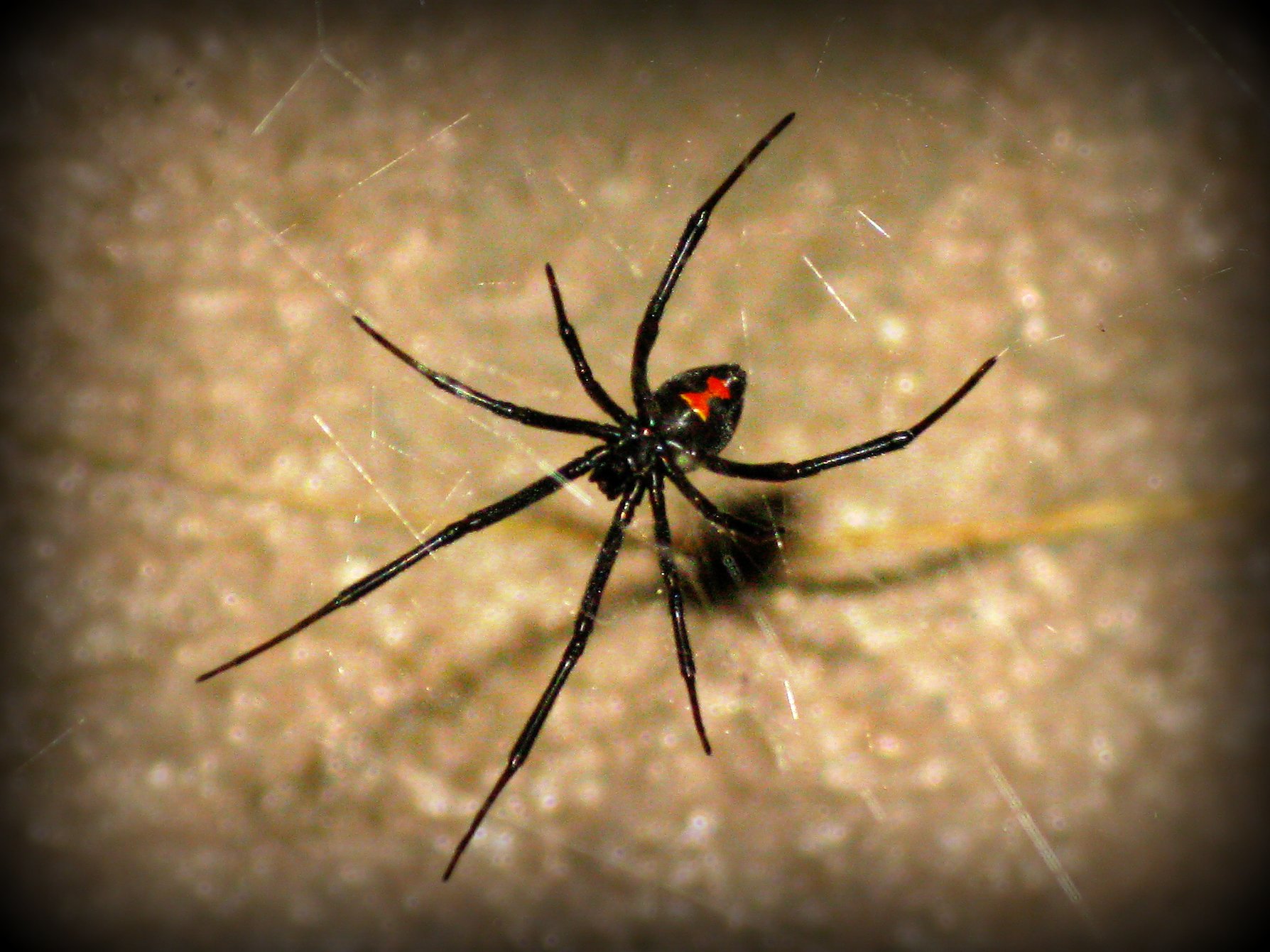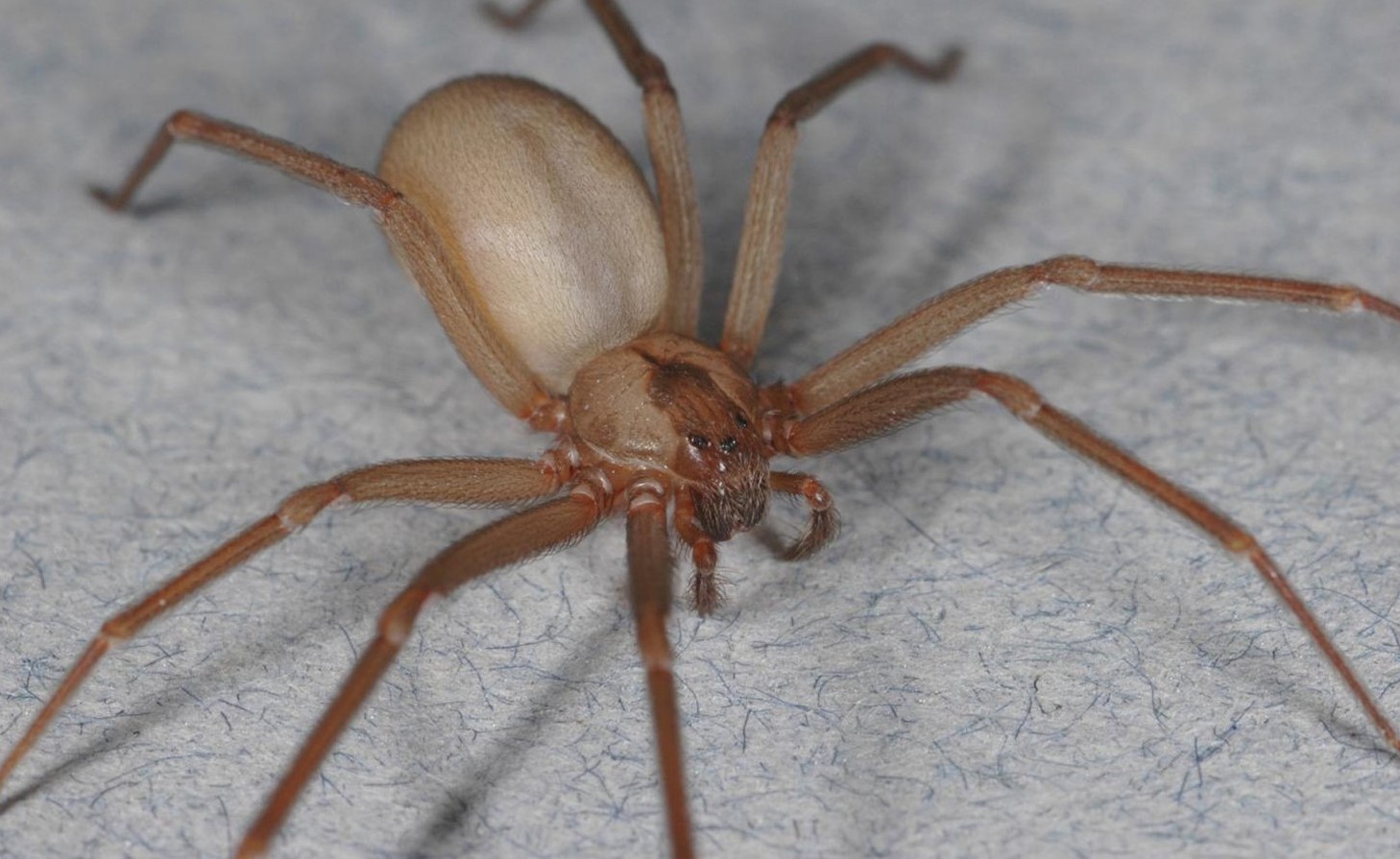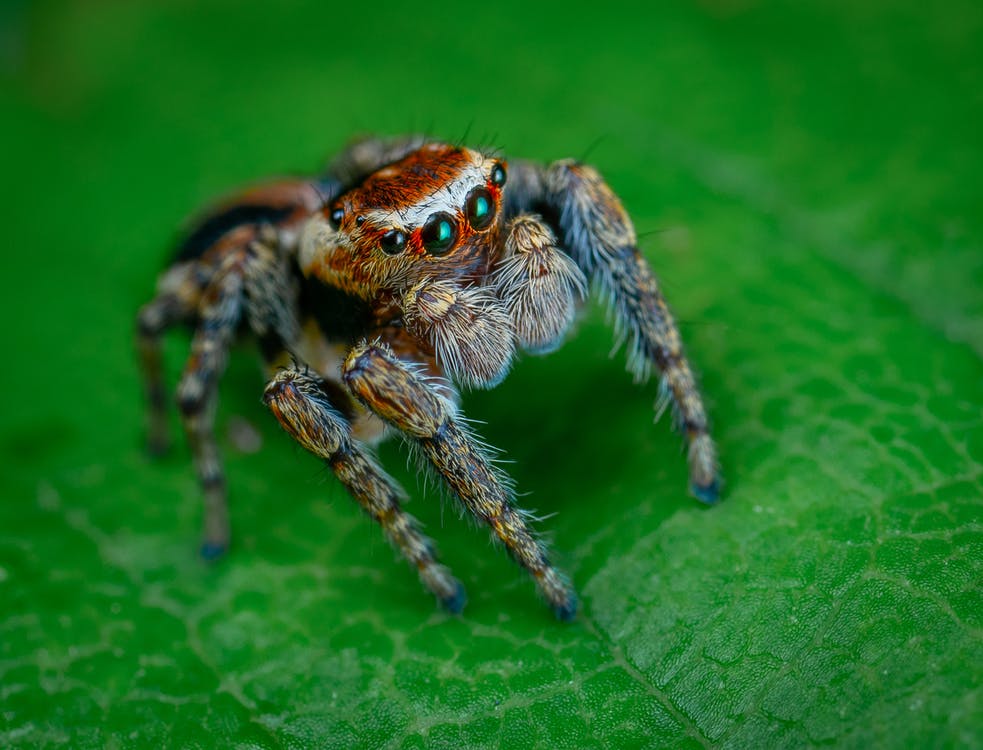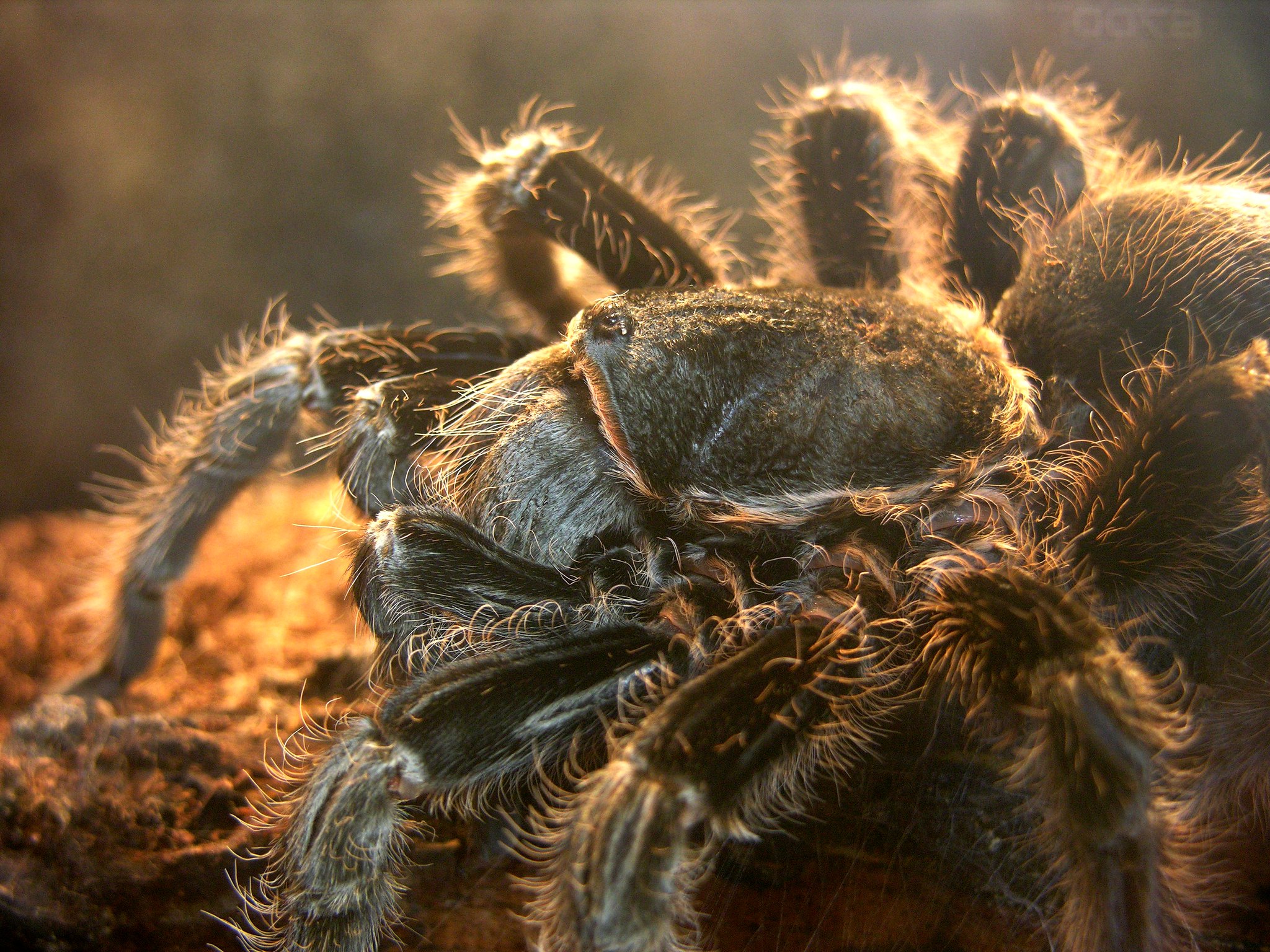Spiders
Spiders are arachnids, a class of arthropods that also includes scorpions, mites, and ticks. There are more than 45,000 known species of spiders, found in habitats all over the world. Spiders range in size from the tiny Samoan moss spider, which is .011 inch long, to the massive Goliath birdeater, a tarantula with a leg span of almost a foot. Though all spiders have venom to one degree or another, only a handful are dangerous to humans. The vast majority of spiders are harmless and serve a critical purpose: controlling insect populations that could otherwise devastate crops. Without spiders to eat pests harmful to agriculture, it’s thought that our food supply would be put at risk. Most species are carnivorous, either trapping flies and other insects in their webs, or hunting them down. They can’t swallow their food as is, though—spiders inject their prey with digestive fluids, then suck out the liquefied remains. Though not all spiders build webs, every species produces silk. They use the strong, flexible protein fiber for many different purposes: to climb, to tether themselves for safety in case of a fall, to create egg sacs, to wrap up prey, to make nests, and more.

Black Widow Spider
Common name: Black Widow Spider
Family: Theridiidae
Genus: Latrodectus
Distribution: Widow spiders are found on every continent of the world except Antarctica
Venomous or poisonous?: Venomous
Interesting facts: Widow spiders have a red or orange hourglass shape on the underside of the abdomen. These small spiders have an unusually potent venom containing the neurotoxin latrotoxin, which causes the condition latrodectism, both named after the genus. Female widow spiders have unusually large venom glands, and their bite can be particularly harmful to large vertebrates, including humans. Only the bites of the females are dangerous to humans. Despite their notoriety, Latrodectus bites rarely cause death or produce serious complications. They are often confused with spiders in the genus Steatoda, known as false widow spiders, due to their similar appearance.

Brown Recluse Spiders
Common name: Brown Recluse Spider
Family: Sicariidae
Genus: Loxosceles
Distribution: North America – Nebraska, Iowa, Illinois, Indiana, Ohio and Texas
Venomous or poisonous?: Venomous
Interesting facts: While the majority of brown recluse spider bites do not result in any symptoms, occasionally necrotizing ulcers as the result of soft tissue destruction occur and may take months to heal, leaving deep scars. These bites usually become painful and itchy within 2 to 8 hours. Pain and other local effects worsen 12 to 36 hours after the bite, and the necrosis develops over the next few days. Over time, the wound may grow to as large as 25 cm. The damaged tissue becomes gangrenous and eventually sloughs away.

Jumping Spiders
Common name: Jumping Spider
Family: Salticidae
Genus: Onomastinae, Asemoneinae, Lyssomaninae, Spartaeinae, Eupoinae, Hisponinae, Salticinae
Distribution: Tropical forests harbor the most species, but they are also found in temperate forests, scrubland, deserts, intertidal zones, and mountainous regions
Venomous or poisonous?: Venomous
Interesting facts: Jumping spiders have four pairs of eyes; three secondary pairs that are fixed and a principal pair that is movable. Their well-developed internal hydraulic system extends their limbs by altering the pressure of their body fluid (hemolymph) within them. This enables the spiders to jump without having large muscular legs like a grasshopper. Most jumping spiders can jump several times the length of their bodies. When a jumping spider is moving from place to place, and especially just before it jumps, it tethers a filament of silk (or 'dragline') to whatever it is standing on to protect itself if the jump should fail.

Theraphosids (Tarantulas)
Common name: Tarantula
Family: Theraphosidae
Genus: 148 genera, 1,236 species
Distribution: Central America and throughout South America, Africa, much of Asia and all of Australia. In Europe, some species occur in Spain, Portugal, Turkey, southern Italy, and Cyprus.
Venomous or poisonous?: Venomous
Interesting facts: All tarantulas are venomous. Although their venom is not deadly to humans, some bites cause serious discomfort that might persist for several days. In general, the effects of the bites of all kinds of tarantula are not well known. While the bites of many species are known to be no worse than a wasp sting, accounts of bites by some species are reported to be very painful and to produce intense spasms that may recur over a period of several days; the venom of the African tarantula Pelinobius muticus also causes strong hallucinations. Most New-world tarantulas—those indigenous to the Americas - are equipped with urticating hairs on their abdomens which they can “flick” at predators as a defence mechanism. These hairs are barbed and may cause itching and rashes and may penetrate the cornea, if exposed.